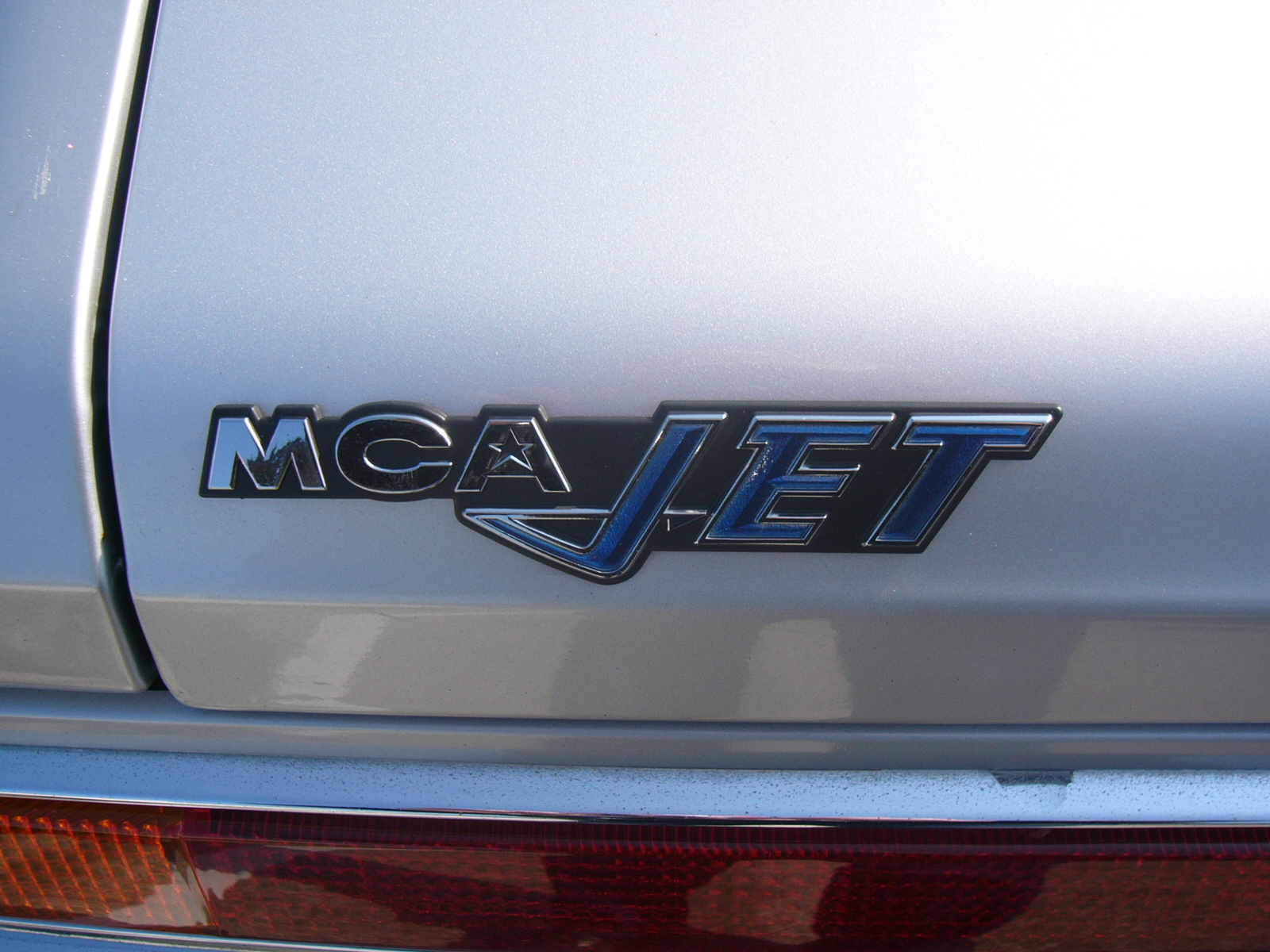Mitsubishi MCA on:
[Wikipedia]
[Google]
[Amazon]


北埼玉自動車商会 - 自動車関連書籍
/ref> Honda's
Mitsubishi
The is a group of autonomous Japanese multinational companies in a variety of industries.
Founded by Yatarō Iwasaki in 1870, the Mitsubishi Group historically descended from the Mitsubishi zaibatsu, a unified company which existed from 1870 ...
MCA stands for Mitsubishi Clean Air, a moniker used in Japan to identify vehicles built with emission control technology. The term was first introduced in Japan, with later introductions internationally. The technology first appeared in January 1973 on the Mitsubishi 4G32A gasoline-powered inline four cylinder engine installed in all Mitsubishi vehicles using the 4G32 engine, and the Saturn-6 6G34 six-cylinder gasoline-powered engine installed in the Mitsubishi Debonair
The is a four-door executive sedan introduced by Mitsubishi Motors in 1964 to serve as their flagship passenger vehicle in the Japanese market. The word "debonair" means gentle, courteous, suave, lighthearted, or nonchalant.
__TOC__
Overvie ...
. The technology was installed so that their vehicles would be in compliance with Japanese Government emission regulations passed in 1968.
Emission reducing technology began with the installation of a positive crankcase ventilation (PCV) valve (MCA-I), followed by the addition of a thermo reactor air pump and catalytic converter in addition to an exhaust gas recirculation
In internal combustion engines, exhaust gas recirculation (EGR) is a nitrogen oxide () emissions reduction technique used in petrol/gasoline, diesel engines and some hydrogen engines. EGR works by recirculating a portion of an engine's exhaust ...
(EGR) valve (MCA-II) and a solenoid controlled automatic choke installed on the carburetor.
The MCA-Jet system has a small third valve separate from the intake and exhaust valves. Separate passages in the intake manifold feed each MCA-Jet valve. Since these passages are smaller than the main intake manifold passages, the air/fuel mixture must move faster. When the faster moving air/fuel mixture from the MCA-Jet valve hits the slower moving air/fuel mixture from the intake valve, a strong air swirling effect occurs that promotes more complete combustion. With MCA-Jet it was found that stable combustion could be obtained even with large amounts of exhaust gas recirculation
In internal combustion engines, exhaust gas recirculation (EGR) is a nitrogen oxide () emissions reduction technique used in petrol/gasoline, diesel engines and some hydrogen engines. EGR works by recirculating a portion of an engine's exhaust ...
(EGR), NOx
In atmospheric chemistry, is shorthand for nitric oxide () and nitrogen dioxide (), the nitrogen oxides that are most relevant for air pollution.
These gases contribute to the formation of smog and acid rain, as well as affecting tropos ...
could be reduced, and combustion improved./ref> Honda's
CVCC
CVCC, or , is an internal combustion engine technology developed and trademarked by the Honda Motor Company.
The technology's name refers to its primary features: Compound refers to the use of two combustion chambers; Vortex refers to the vor ...
Stratified charge engine
A stratified charge engine describes a certain type of internal combustion engine, usually spark ignition (SI) engine that can be used in trucks, automobiles, portable and stationary equipment. The term "stratified charge" refers to the working fl ...
approach also used a small third valve, but sent a richer air/fuel mixture to a small pre-combustion chamber near the spark plug, to help ignite a leaner air/fuel mixture in the main combustion chamber. MCA-Jet was a simpler system that sent the same air/fuel mixture to all intake and MCA-Jet valves. Each MCA-Jet valve is quite small and may be prone to carbon build-up, causing the MCA-Jet valve(s) to stick open. If a Mitsubishi-designed engine has low compression, the MCA-Jet valve(s) could be the cause. Each MCA-Jet valve and valve seat are a self-contained cylinder-shaped unit that screws into the cylinder head for easy replacement. Aftermarket MCA-Jet valves are available. With the advent of 4-valve-per-cylinder engines, manufacturers typically design the camshaft(s) to open one intake valve slightly before the other to create a swirling effect. This has made the MCA-Jet system obsolete. The MCA-Jet system was used in certain Mitsubishi-designed engines installed in both Mitsubishi-branded and Chrysler/Dodge/Plymouth-branded vehicles during the late 1970s to late 1980s.
References
{{reflist Engine technology Engines Automotive technology tradenames Mitsubishi Motors